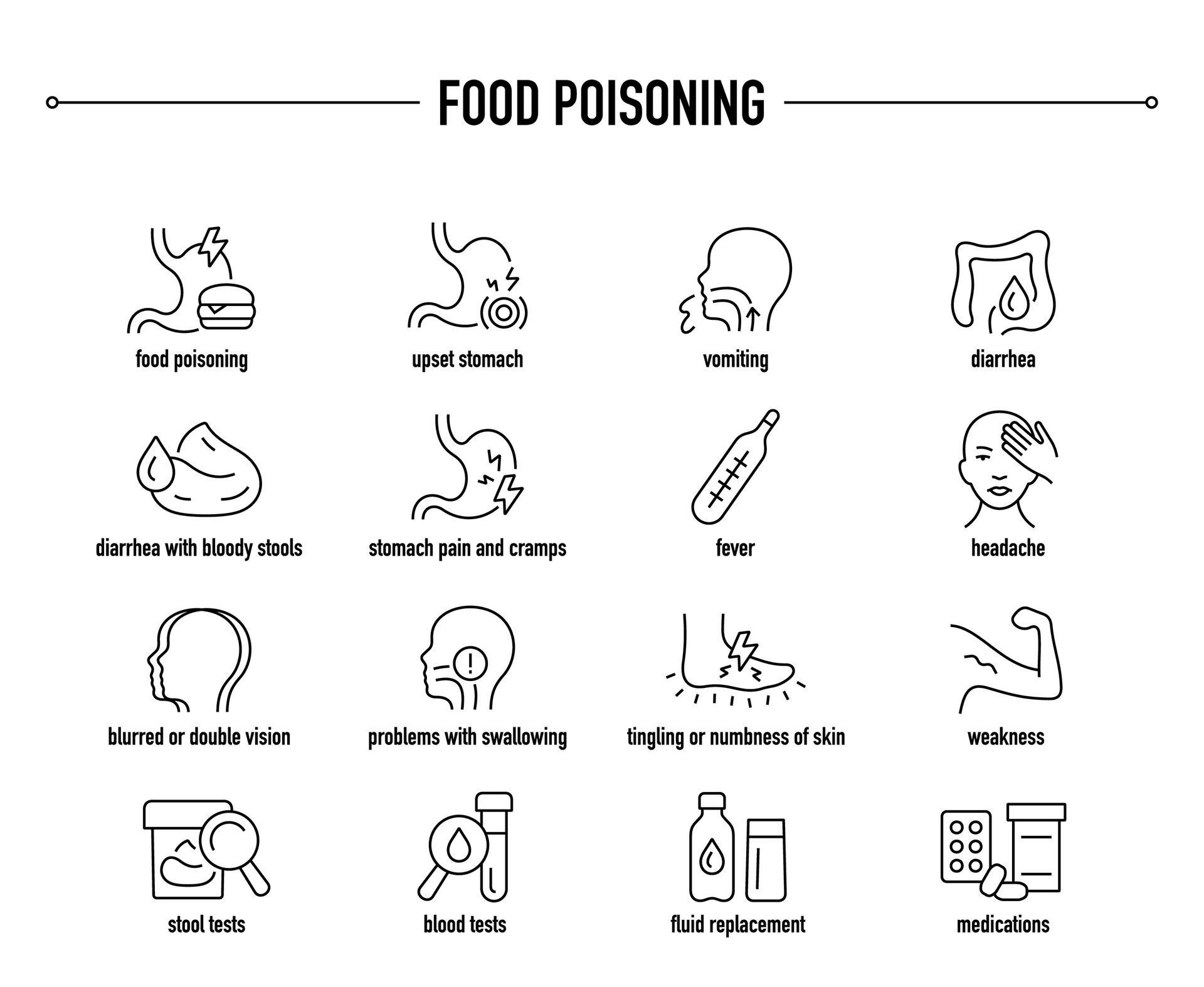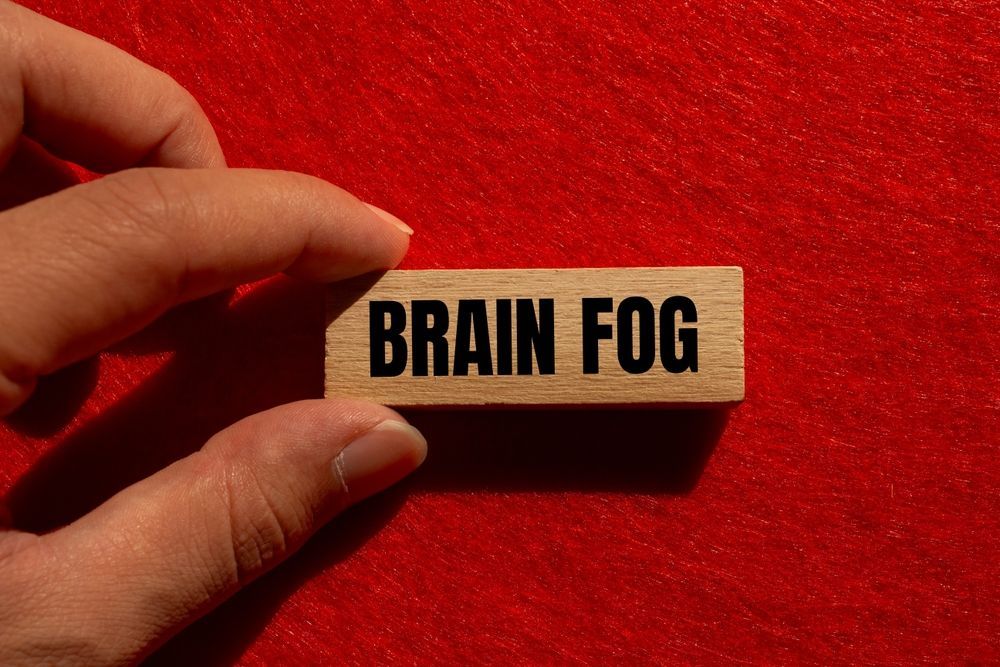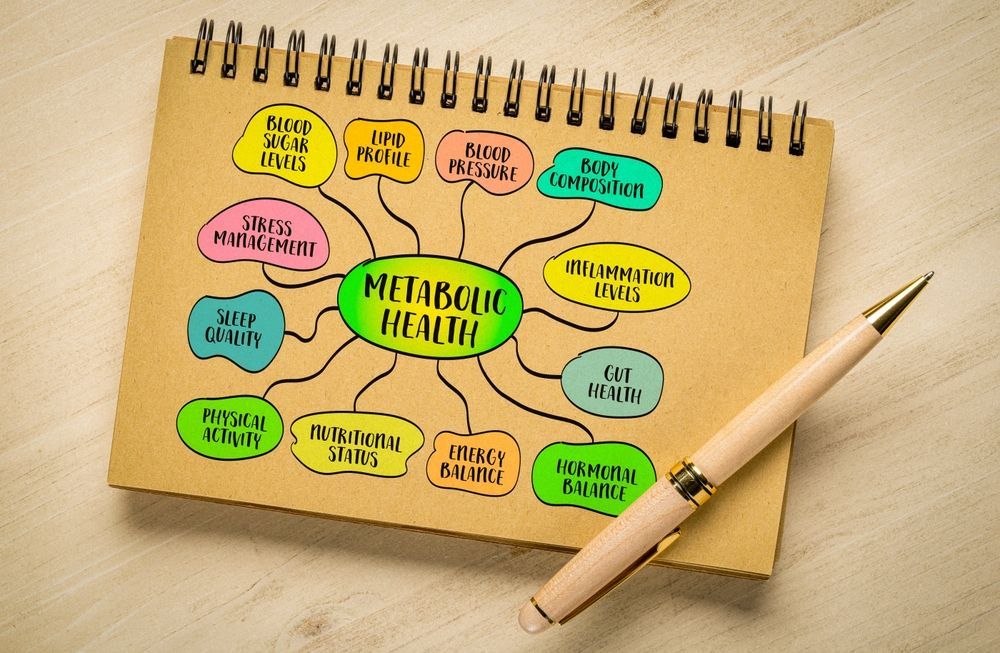IV Therapy for Treating Symptoms of Food Poisoning

Food poisoning can strike at any time, leaving individuals feeling weak and unwell. Among the various treatment options available, IV therapy has emerged as a significant method for alleviating symptoms and promoting recovery. This article delves into food poisoning, the intricacies of IV therapy, and how it can be an effective tool in managing this unfortunate condition.
Understanding Food Poisoning
Food poisoning occurs when one ingests contaminated food or beverages, leading to gastrointestinal distress. It is often a result of harmful bacteria, viruses, or parasites. Understanding the sources and effects of food poisoning can help individuals take steps to prevent it.
Common Causes of Food Poisoning
Food poisoning can arise from various sources, each posing unique risks. The following are some common culprits:
- Bacteria: Escherichia coli, Salmonella, and Listeria are prevalent in undercooked or contaminated foods.
- Viruses: Norovirus and Hepatitis A can spread through contaminated food or water.
- Parasites: Giardia and Cryptosporidium can be found in contaminated water or undercooked food.
- Improper food handling: Cross-contamination and inadequate cooking practices can lead to foodborne illnesses.
Symptoms and Complications of Food Poisoning
The symptoms of food poisoning can vary significantly based on the cause and individual health factors. Common symptoms include:
- Nausea
- Vomiting
- Diarrhea
- Abdominal pain and cramps
In some cases, food poisoning can lead to severe complications, including dehydration, kidney failure, and long-term gastrointestinal issues. Recognizing these symptoms early can prompt timely treatment. Furthermore, certain populations, such as young children, the elderly, and individuals with weakened immune systems, are at a higher risk for severe outcomes. For these groups, even mild symptoms can escalate quickly, necessitating immediate medical attention.
Prevention is key when it comes to food poisoning. Simple practices such as washing hands thoroughly before handling food, ensuring that meats are cooked to the appropriate temperatures, and avoiding unpasteurized dairy products can significantly reduce the risk. Additionally, being mindful of food storage practices, such as keeping perishable items refrigerated and avoiding leaving food out for extended periods, can help maintain food safety and protect against harmful pathogens.
The Basics of IV Therapy
Intravenous (IV) therapy is a medical technique that delivers fluids, medications, and nutrients directly into a patient's bloodstream. This method is particularly effective for those unable to consume fluids orally, which is often the case during severe bouts of food poisoning. The ability to bypass the digestive system means that patients can receive critical care without the complications that can arise from nausea or vomiting, making IV therapy a vital tool in emergency medicine.
What is IV Therapy?
IV therapy involves the administration of fluids through a catheter inserted into a vein. This allows for rapid absorption of essential nutrients, electrolytes, and hydration, thereby providing immediate support to the body. In addition to treating food poisoning, IV therapy is also used for a variety of other conditions, including dehydration due to heat exhaustion, post-operative recovery, and even for patients undergoing chemotherapy who may struggle with maintaining adequate hydration and nutrition.
How Does IV Therapy Work?
During IV therapy, healthcare professionals assess the patient's condition and determine the appropriate fluids and medications needed. The IV setup typically includes:
- A bag containing saline, electrolytes, or medication
- A catheter connected to a vein
- Drip chamber and flow regulator
The fluids are administered slowly, allowing for the quick restoration of hydration and electrolyte balance, essential for recovery from food poisoning. The healthcare team continuously monitors the patient's vital signs and overall response to the treatment, adjusting the flow rate and composition of the IV fluids as necessary. This personalized approach ensures that each patient receives the most effective care tailored to their specific needs, which can significantly enhance recovery times and improve overall health outcomes.
Moreover, IV therapy can also be beneficial in outpatient settings, where patients may receive treatments for chronic conditions, such as migraines or fibromyalgia. In these cases, specialized formulations may include vitamins, antioxidants, and hydration solutions that aim to boost energy levels and enhance overall wellness. The growing popularity of wellness clinics offering IV therapy for hydration and nutrient replenishment reflects a shift towards preventative care, where individuals seek to optimize their health proactively rather than reactively.
The Role of IV Therapy in Treating Food Poisoning
IV therapy plays a vital role in managing food poisoning symptoms by providing rapid relief and facilitating recovery. It ensures that vital nutrients are delivered effectively to the body when oral intake is not feasible.
The Benefits of IV Therapy for Food Poisoning
IV therapy offers numerous benefits for individuals suffering from food poisoning. These include:
- Rapid hydration: IV therapy quickly restores lost fluids, alleviating dehydration.
- Immediate symptom relief: Medications can be administered alongside fluids for prompt alleviation of nausea and pain.
- Nutrition support: Essential vitamins and minerals can be provided to aid recovery.
The Process of Administering IV Therapy for Food Poisoning
The administration of IV therapy typically involves several steps. Initially, a healthcare provider will evaluate the patient's condition and establish an appropriate treatment plan. Following this, the IV line is inserted, and the fluids are administered carefully under medical supervision. Monitoring throughout the procedure ensures patient safety and comfort.
Once the therapy is completed, healthcare providers will continue to observe the patient for any reactions or improvements in symptoms, allowing for further adjustments if necessary.
Potential Risks and Side Effects of IV Therapy
While IV therapy is generally safe, it's important to be aware of potential risks and side effects. These can vary from person to person based on individual health conditions.
Understanding the Risks of IV Therapy
Some risks associated with IV therapy include:
- Infection at the insertion site
- Vein irritation
- Allergic reactions to certain medications or solutions
Healthcare professionals are trained to minimize these risks and respond quickly if any complications arise.
Common Side Effects of IV Therapy
Typical side effects can include mild discomfort at the site of insertion, slight bruising, or a temporary headache. These side effects are often manageable and resolve on their own.
Other Treatment Options for Food Poisoning
While IV therapy is effective, it is not the only treatment option available for food poisoning. Understanding these alternatives can help individuals make informed decisions about their care.
Traditional Treatments for Food Poisoning
Traditional treatments typically focus on hydration, rest, and over-the-counter medications to manage symptoms such as nausea and diarrhea. In some cases, antibiotics may be prescribed if a bacterial infection is diagnosed.
Alternative Treatments for Food Poisoning
Some individuals explore alternative treatments, including herbal remedies and dietary adjustments. Consuming probiotic-rich foods, ginger tea, and electrolyte solutions can aid in recovery. However, it is important to consult a healthcare professional before starting any alternative treatments.
Ultimately, IV therapy presents a swift and effective method for addressing the debilitating symptoms of food poisoning. Coupled with an understanding of additional treatment options, individuals can navigate their recovery journey more confidently.










